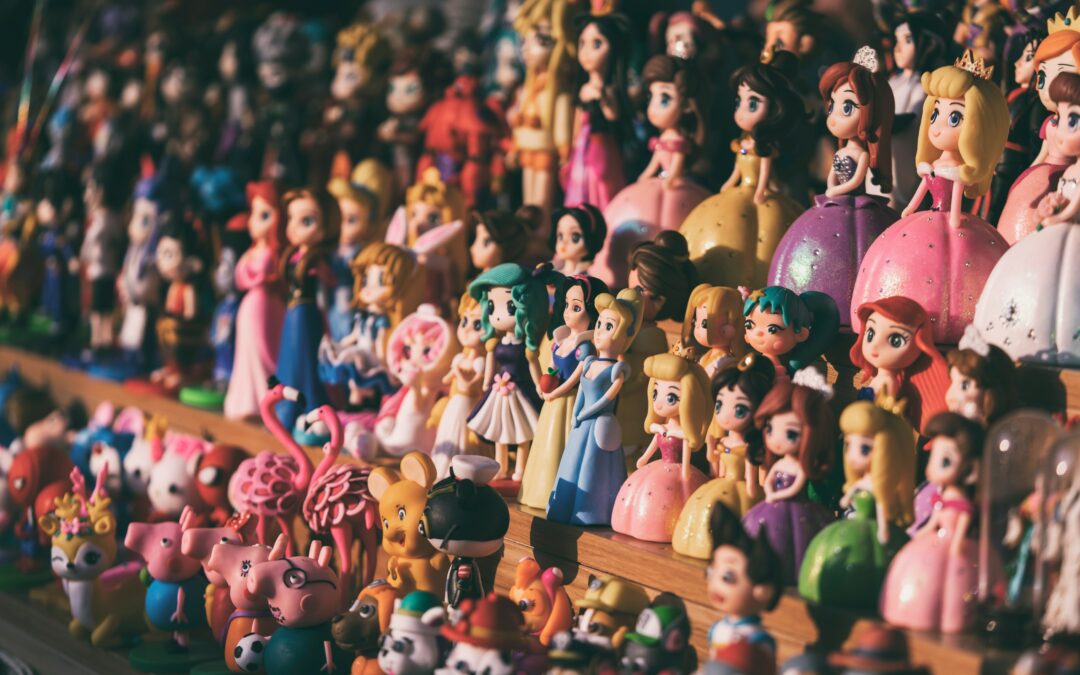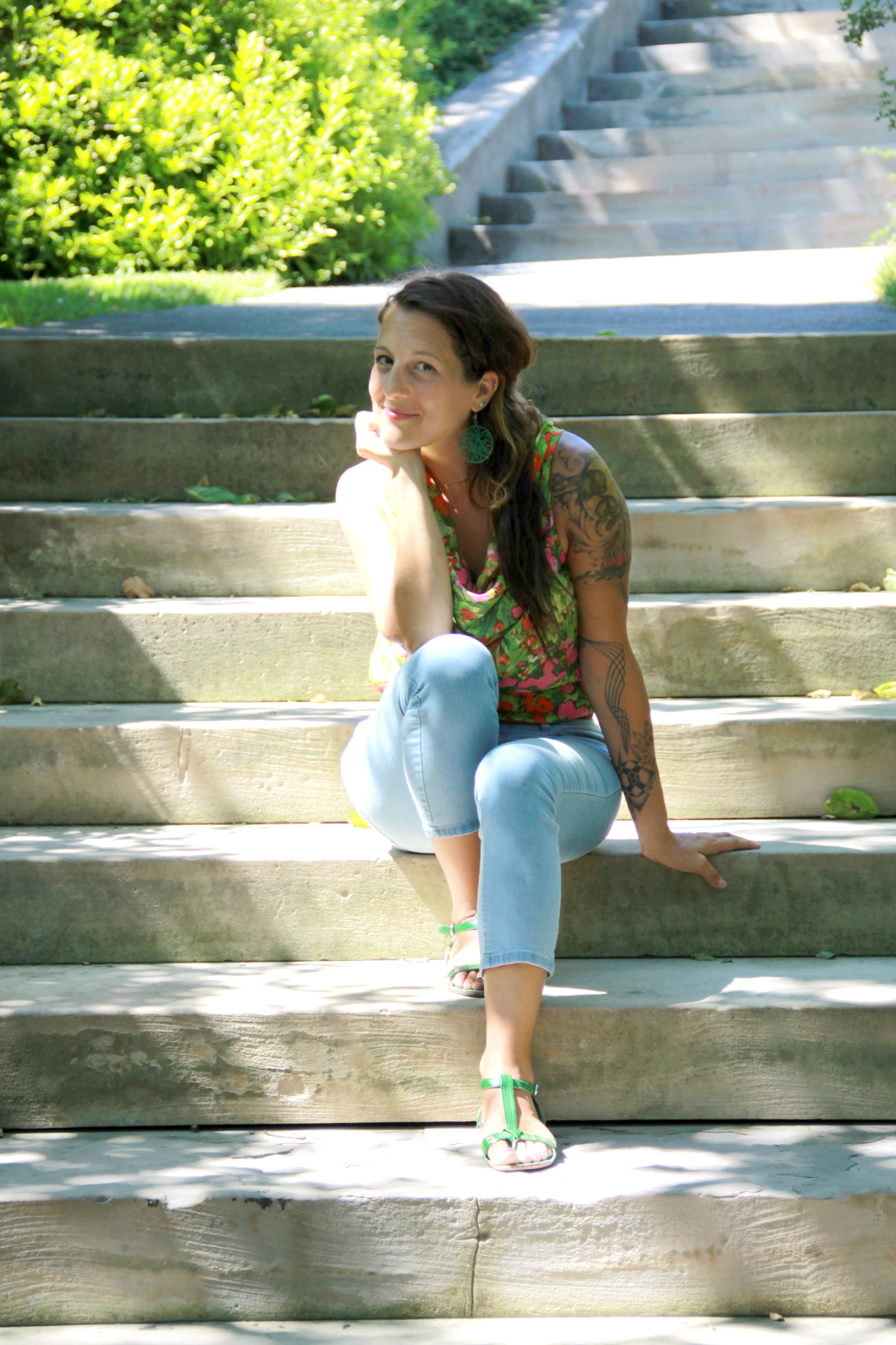What was your favorite toy as a child?
Mine was Barbie, without question. I had a ridiculous number of them and pretty much never wanted to play with anything else. Sometimes I played with my sister, but mostly I enjoyed playing alone. I enjoyed traveling deep into the recesses of my own mind and imagination.
My version of Barbie was a total badass—strong, confident, independent, accomplished and happy. Through my play, I was able to create a whole new reality for myself, one where I also got to be a total badass. Barbie helped me escape a sad and lonely childhood and offered me a vision of hope and possibility.
Barbie was my first communion with the divine feminine and as such, gave me an outlet to feel my own soul.
I couldn’t have known it at the time but I was already doing archetype work.
Archetypes are symbols that offer guidance by providing a framework of understanding for complex experiences. They represent aspects of character, personality and behavior. They are expressed across cultures through story, myth, and religion.
Carl Jung believed that archetypes are universally understood, that they originate in the collective unconscious and are drawn from ancient awareness. Jungian psychology suggests that these universal symbols lie in our subconscious minds and affect our beliefs and experiences. Archetypal psychology has evolved further since Jung’s work and offers opportunity to deeply explore one’s own psyche, as well as collective consciousness.
Examples of archetypes include: The Hero, The Mother, The Villain, The Outcast, The Lover, or The Jester (of course there are many more). Spiritual archetypes include figures such as, The Mystic, The Hermit, The Saint, The Shaman or The Prophet. Mythological archetypes may include characters, such as deities or animals, as well as events like floods, origin stories, or journeys. Archetypes may also be symbols embedded into myth or story—a cottage in the woods, a golden apple, a chariot, a bush or beanstalk. Psychological archetypes include those determined by personality typing tools such as the Enneagram, Keirsey Temperament Sorter or the Myers-Briggs Type Indicator.
Whatever the framework, archetypes help us make sense of ourselves and this crazy experience called life.
Archetypes can help us understand multiple perspectives, dive deeper into emotions, access our own intuitive wisdom, understand ourselves better, and modify our behavior. In other words, there are many ways we can use archetypes for personal growth.
How to Use Archetypes for Personal Growth:
- Identify archetypes that are reflected in your beliefs and behavior. Assess if these are in alignment with your true self or if they’re more true to roles you’ve been programmed to play. If they don’t align, consider which archetype(s) you want to start working with/developing.
- Identify archetypes you would like to call on for support. It can be difficult to pray to a nebulous, unclear notion of “God”, or worse, one that evokes feelings of fear or shame. Selecting an archetype that feels powerful and loving can make it easier to cultivate spiritual connection.
- Make offerings to archetypes to invoke certain energies.
- Identify archetypes reflected in your family. Consider the dynamic between such figures and how that may impact you.
- Use divination tools, such as Tarot cards, to expand awareness and understanding of self.
- Do IFS therapy or “parts work” to better understand different aspects of self.
- Do visioning work wherein you connect with an archetype to play out challenging situations or to build confidence.
- Journal conversations with archetypes to access deep wisdom and guidance.
- Start acting as if you are a particular archetype to build courage and influence positive behavior change.
- Identify archetypes in your dreams. This can be helpful if you dream about a seemingly random person—consider what that person represents/what archetype they remind you of—to unlock deeper insight.
- Imagine hanging out with a particular archetype to invoke a particular energy—do things they’d want to do, eat foods they’d enjoy, hang out with people they’d like. Notice how all of this feels for you.
- Use information from tools such as The Enneagram, Keirsey Temperament Sorter, or Myers-Briggs to expand self understanding and improve interpersonal communication. [These are just some examples, do your research to find one that best suits you.]
- Enjoy role playing games that allow you to cultivate and grow desired qualities.
- Create art that represents or pays homage to an archetype.
- Scry images of archetypes. Journal about any insights you have afterward.
These are just some of the many ways you can use archetypes for wisdom and guidance but really the possibilities are endless.
I’ve been doing various forms of archetype work for most of my life. I love mythology, literature, philosophy and (of course) psychology. I’ve woven archetype use into my work with clients on occasion, I’ve created an entire collection of archetype paintings (stay tuned for my next oracle deck), as well as a couple of archetype quizzes, and I’m currently developing personalized archetype readings!
All of this offers opportunity to delve deeper into your subconscious in fun and creative yet impactful ways.
See? Shadow work doesn’t have to be scary.
With Love & Compassion,
Adina Arden Cooper
I'm a lover, a guide and a supportive companion. An artist, an ally and an advocate. I help individuals connect more deeply with themselves and with others through shadow work. I believe that shared humanity is a powerful strength and that our stories connect us in beautiful and sacred ways. As I stumble, skip, or soar my way through this life, I invite you to join me on the journey. Likewise, I'm honored to travel with you. In witnessing one another, we find meaning.


